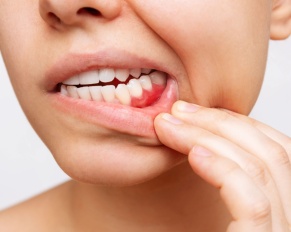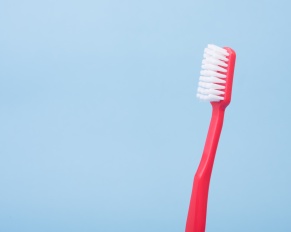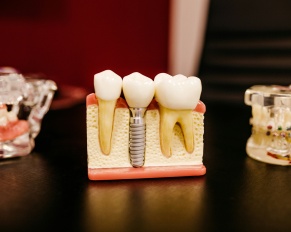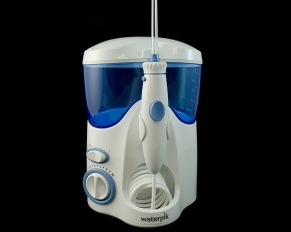Healthy gums play a huge role in your overall oral hygiene and even your seemingly unrelated overall health. When your…

Common Dental Questions, dental care questions and answers, dental health tips, cosmetic and restorative dentistry, dental technology, ask a dentist about gum health

Healthy gums play a huge role in your overall oral hygiene and even your seemingly unrelated overall health. When your…

Maintaining good oral hygiene is necessary for your overall health, and choosing the right toothbrush plays a huge role in…

Dental implants have emerged as a beacon of hope for millions seeking a durable solution to tooth loss, transcending the…

Someone once said that if you keep smiling, the sun will shows its face and smile back at you. But…

Traditionally, milk is known for being good for teeth and bones. When you don’t have the time to pack lunch for the kids you don’t hesitate to remind them to buy milk. When did milk become the drink of choice for healthy teeth and bones? In fact, milk was so popular in America during the 50s and 60s that there was an occupation dedicated to delivering milk to homes. This healthy beverage continued momentum during the “Got Milk” ad campaign in the 90s and featured famous celebrities, including Britney Spears. Here you will find out why milk is still a recommended drink by dentists.

Maintaining proper oral hygiene to some means brushing your teeth twice a day and visiting the dentist regularly. If this routine…

Babies don’t need to see dentists, right? After all, they don’t even have teeth! Actually, babies do need dental checkups, and in many cases, the sooner the better. Okay, so you don’t have to grab baby and run to the dentist as soon as you get home from the hospital. However, it’s important to know that you also shouldn’t wait until your baby has her teeth before you schedule her first appointment. In fact, according to the American Dental Association (ADA), you can schedule your baby’s first dental visit as soon as you see that first little tooth surfacing. This event typically occurs before her first birthday. Here’s more information from dentists in South Orange that is especially helpful for new parents about baby’s first teeth, how to care for baby’s mouth, and when to whisk your little one off for her first dental checkup.